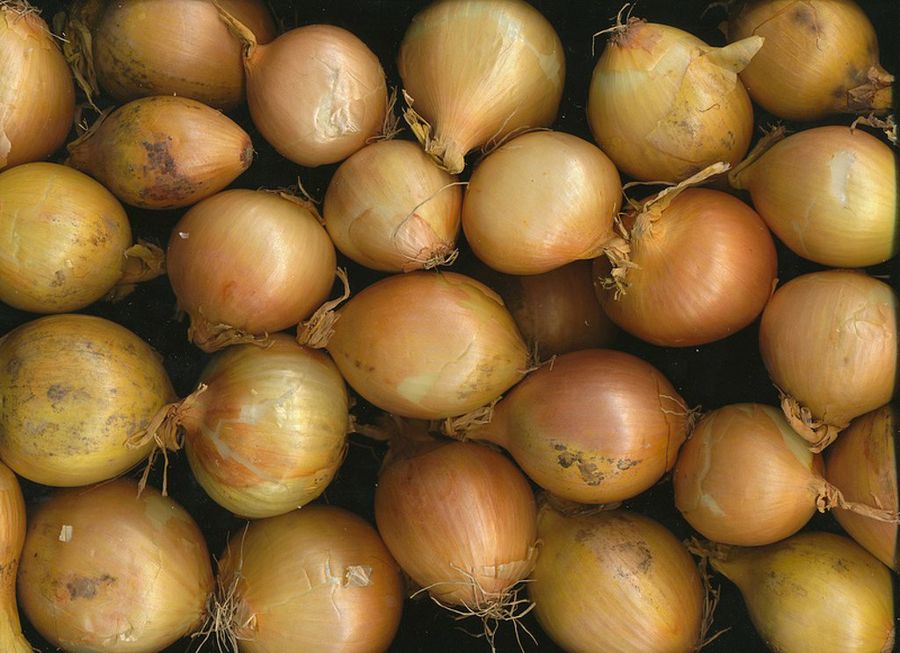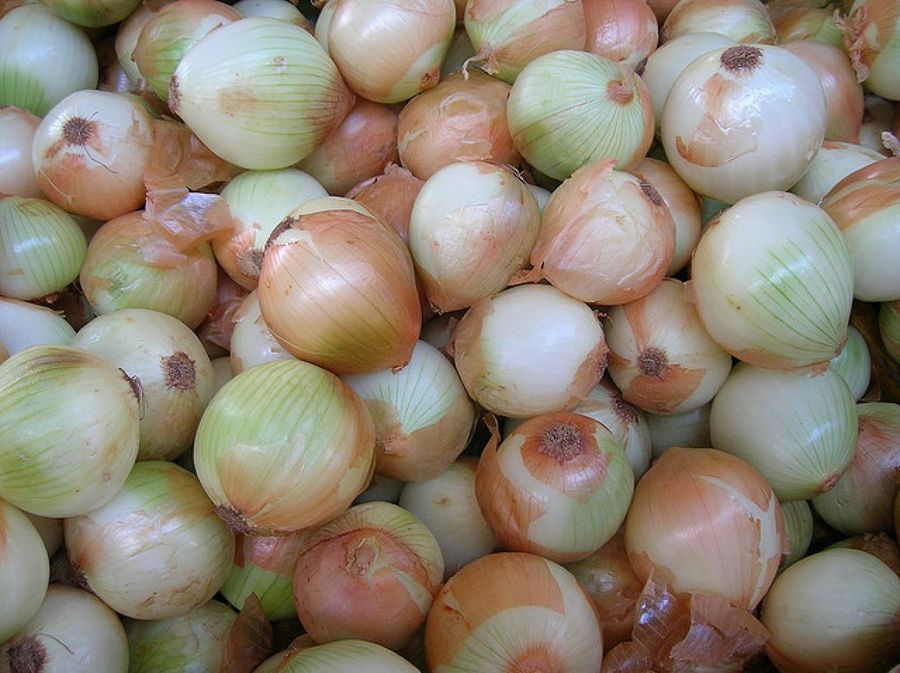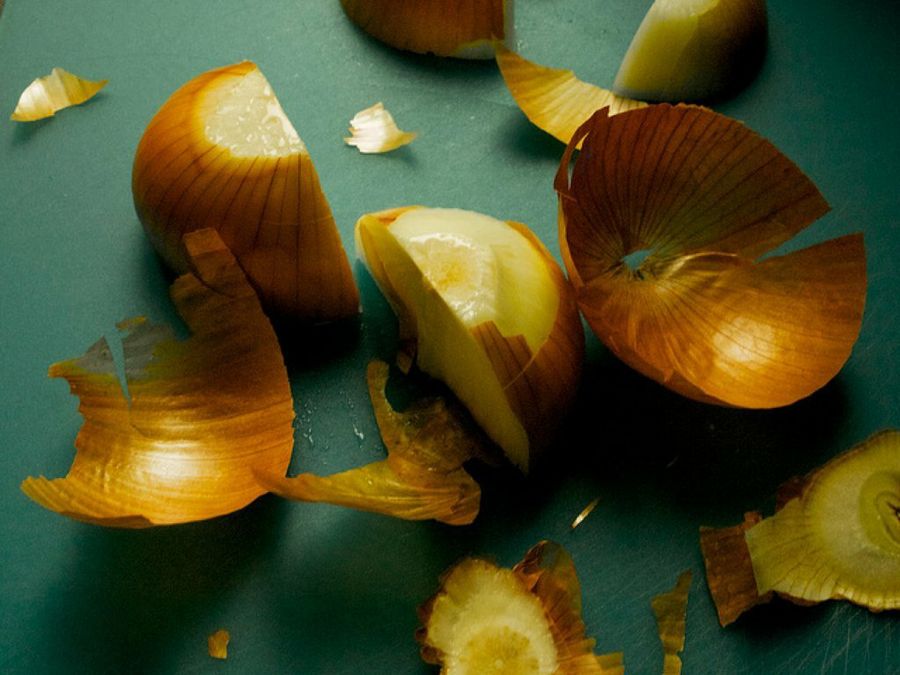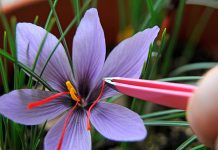The onion is a biennial species, which usually does not exceed one meter in height. The bulb that is formed in the root is a delicious vegetable that constitutes a fundamental pillar of the Mediterranean diet. Both raw and cooked, its taste and smell are unmistakable due to its sulfur compounds.
Onions have a similar nutritional composition to other vegetables: high water content and a lower percentage of dry matter, carbohydrates, proteins, and lipids.
Description and varieties
Basically, the onion has four different parts: stem, few leaves, bulb, and, generally, a flower. The leaves are hollow, tubular in shape, and with a rounded section. Three main types of onions are recognized: short day, intermediate day, and long day.

Short day onions from their bulbs with about 12 hours of light. They are early onions that are sold immature in late spring. Intermediate onions need 12 to 14 hours of light to form their bulbs. Long-day onions form bulbs with 14 or more hours of light. These are the late onions that are harvested between January and March and because of their high conservation potential are used for storage. They are usually large, round and yellow to copper in color.
There are other varieties such as pickled onions, white onions, red onions, sweet onions, chives, etc.
Also read: Best Plants to Decorate Your Christmas Table
Climate and soil
The best climatic condition for onions is a moderately cold temperature before the growth of the bulb. They need, in turn, warm weather during the development, harvest, and drying of the bulb. A dry climate is best for curing the root. It requires an optimum temperature during cultivation of between 15 and 21° C. As it is a biannual plant, it requires temperatures of 4 to 10° C for the flowers to be born. These are essential to obtain onion seeds.

The soil does not have to be very compact, with an average proportion of clay and not excessive humidity. Stony soils produce bulbs of irregular size. Onions prefer low acid soils (between 6 and 7 pH).
Diseases and pests
The onion suffers from several diseases and pests throughout its development. There are diseases such as Mildew, which affects the foliage with white spots on the leaves, the fungus Pyrenochaeta Terrestris which rots the roots, or Botrytis, which softens the neck area of the bulb and rots it.

Translated and adapted by Noobuzz staff.
Sources: Facilisimo







